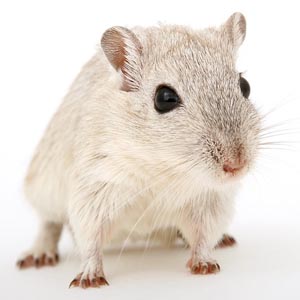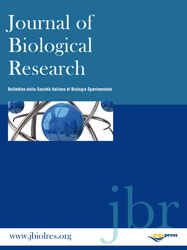Investigation of the effect of N-acetylcysteine on aluminum phosphide toxicity in rats

All claims expressed in this article are solely those of the authors and do not necessarily represent those of their affiliated organizations, or those of the publisher, the editors and the reviewers. Any product that may be evaluated in this article or claim that may be made by its manufacturer is not guaranteed or endorsed by the publisher.
Accepted: 12 August 2022
Authors
Aluminum Phosphide (ALP) is one of the most dangerous pesticides. When it comes into contact with water, it emits Phosphine (PH3) gas, which causes poisoning and death in many people. The purpose of this study is to look into the role of Nacetylcysteine in the treatment of aluminum phosphide toxicity in rats. In this study, 30 male Wistar rats were fed with aluminum phosphide orally. After 15 minutes, N-acetylcysteine was administered intraperitoneally. The antioxidant enzymes glutathione STransferase (GST), Superoxide Dismutase (SOD), Catalase (CAT), glutathione (GSH), Aspartate Aminotransferase (AST), Alanine Transaminase (ALT), and Alkaline Phosphatase (ALK) were studied in blood plasma. CAT, GST, and GSH concentrations in plasma, liver, and kidneys of rats infected with aluminum phosphide decreased, while AST, ALT, and ALK concentrations increased. The levels of all enzymes studied approached normal after N-acetylcysteine administration, and the rats survived for up to 12-15 hours. According to the findings of this study, N-acetylcysteine at a dose of 10 mg/kg improves hepatic manifestations and prevents liver necrosis, so it can be considered a potential therapeutic agent in the treatment of this poisoning.
How to Cite

This work is licensed under a Creative Commons Attribution-NonCommercial 4.0 International License.






